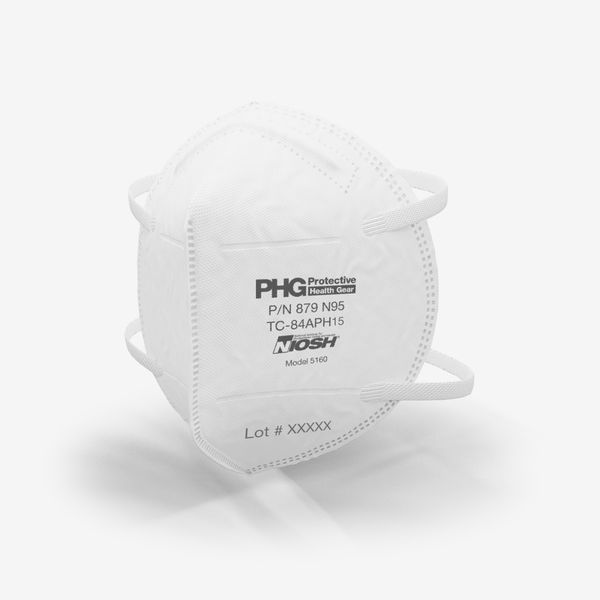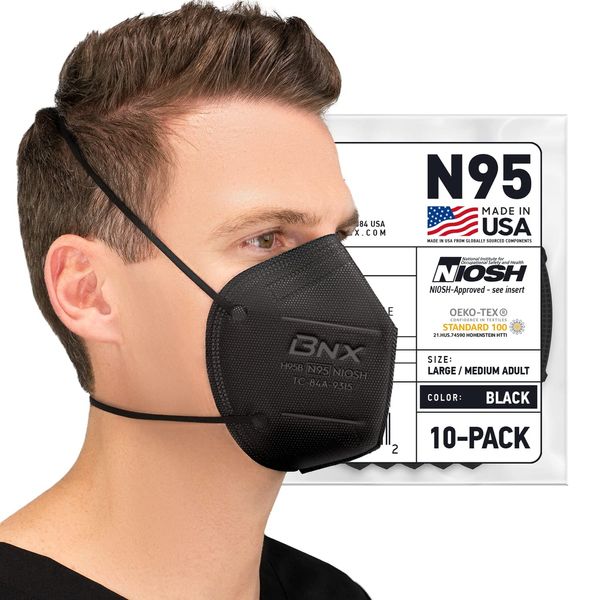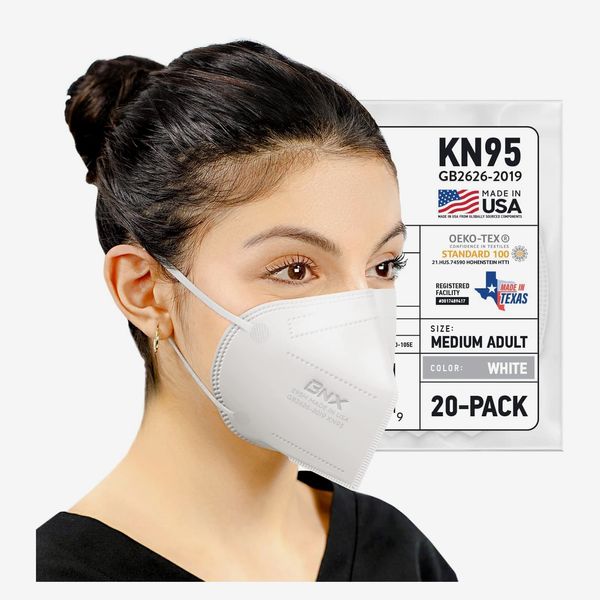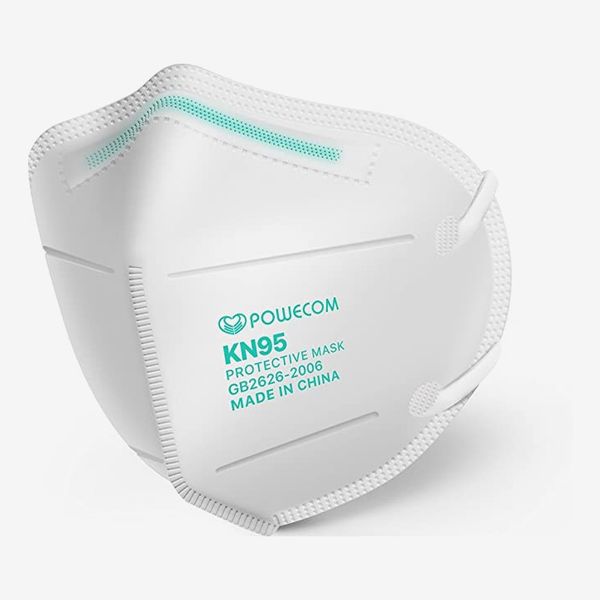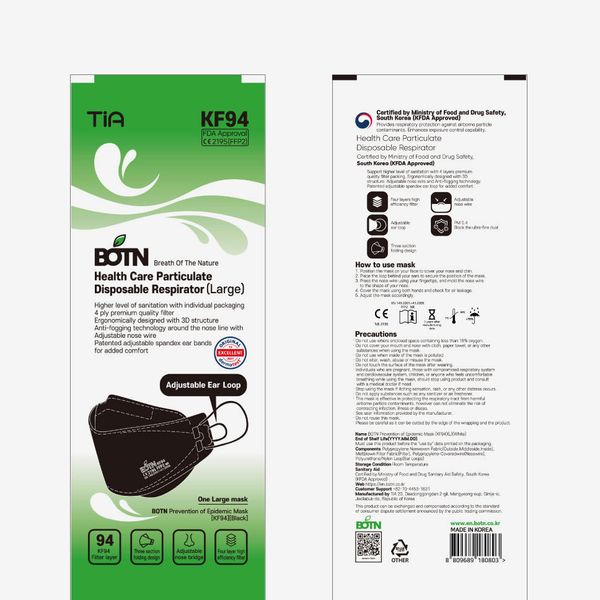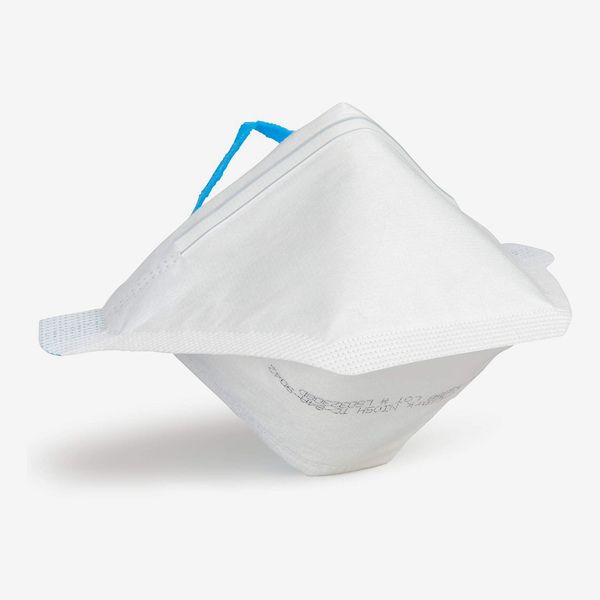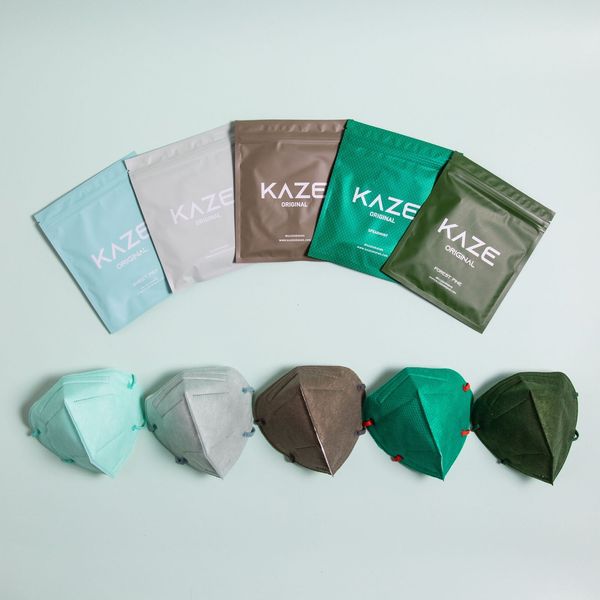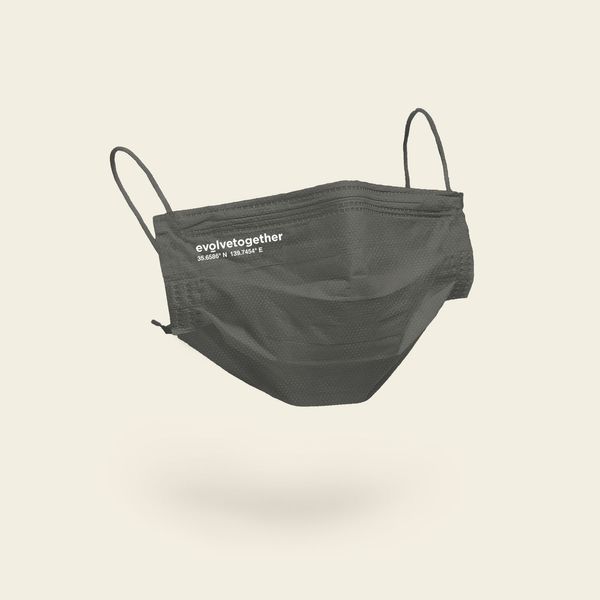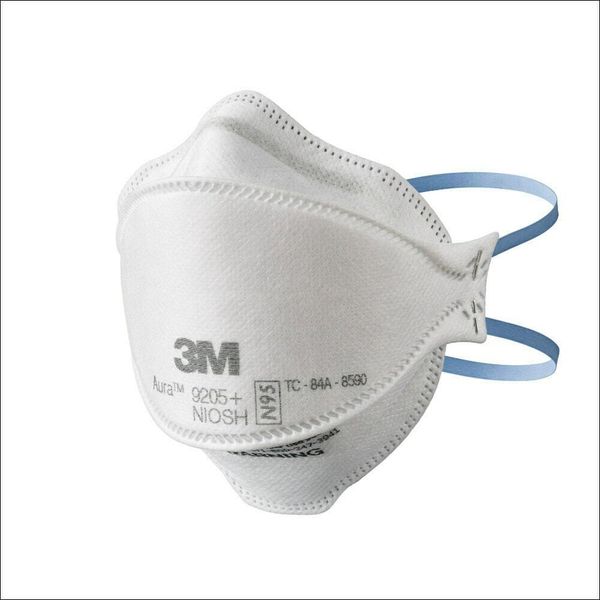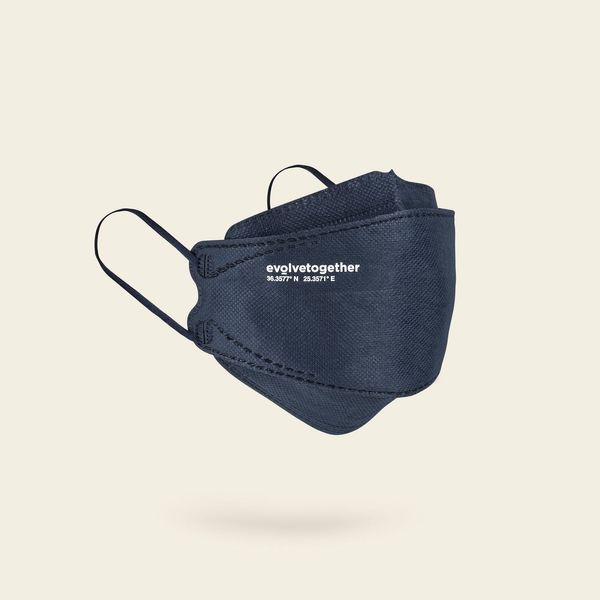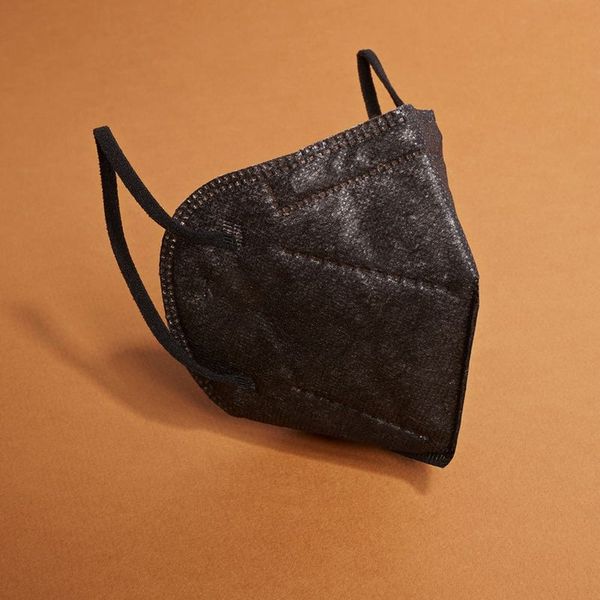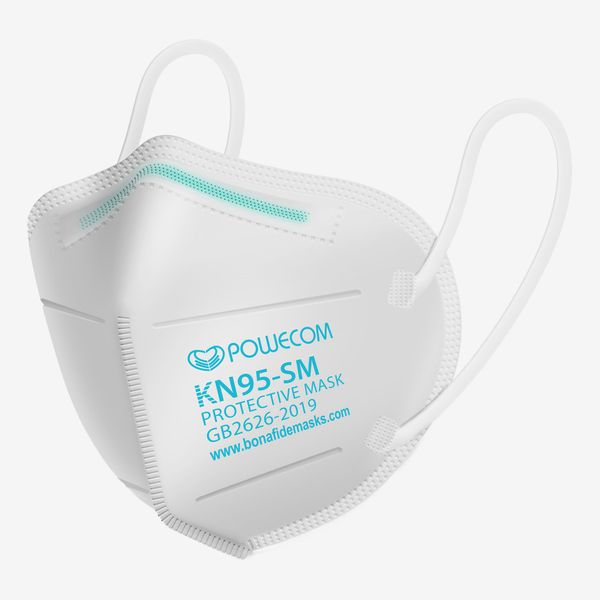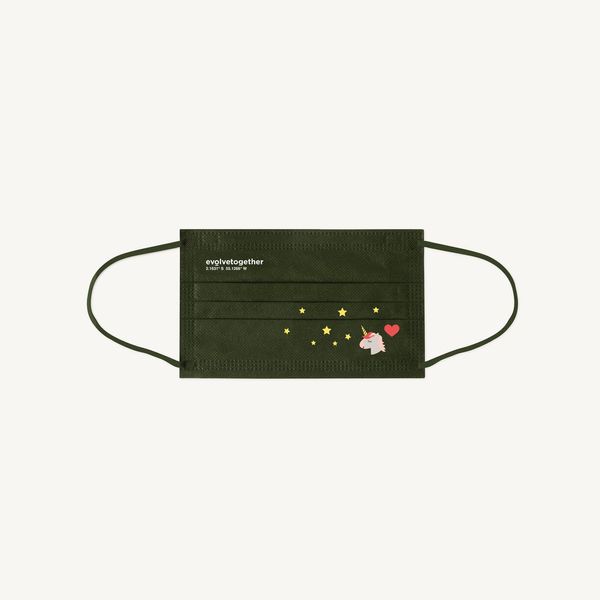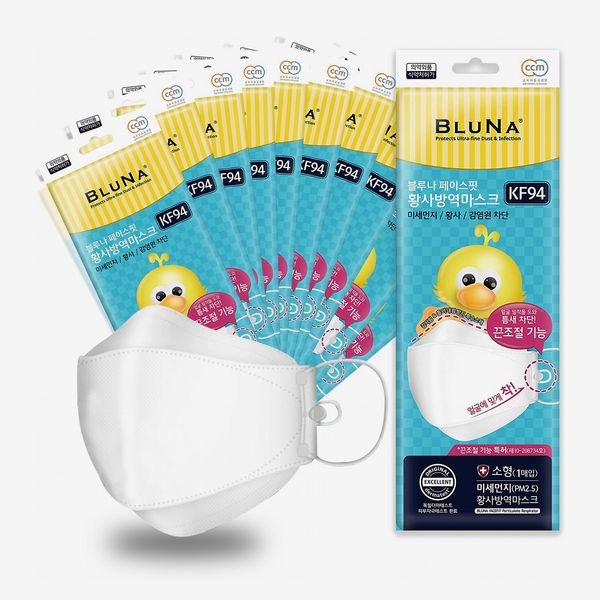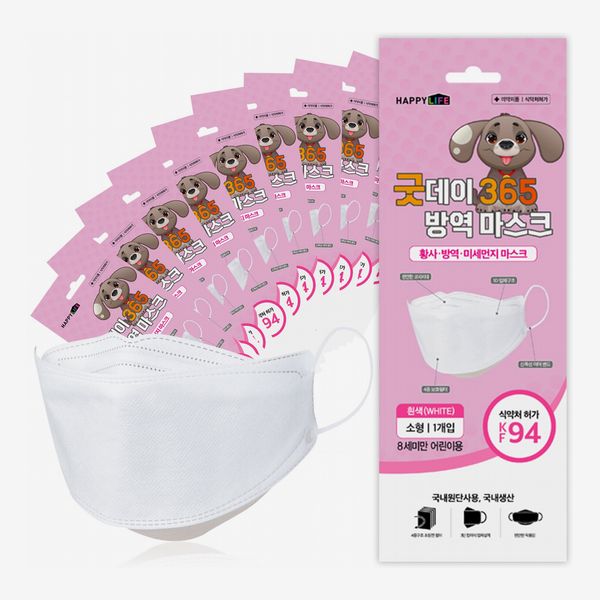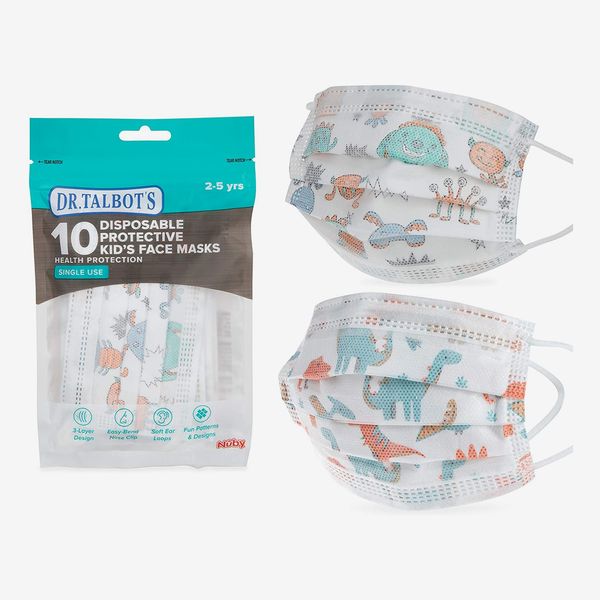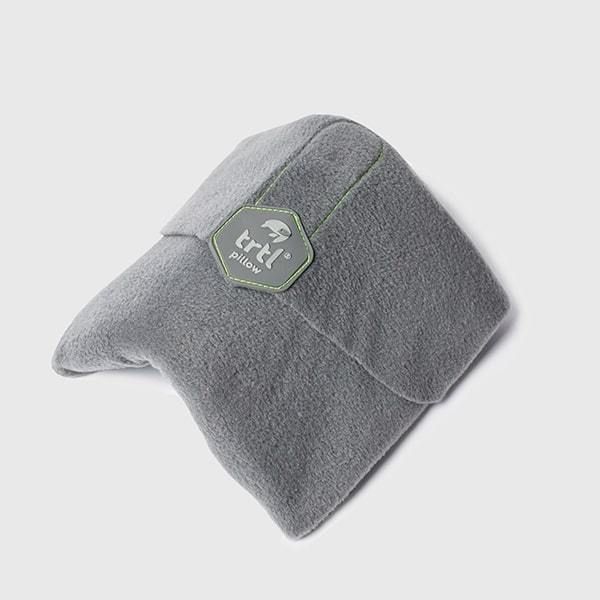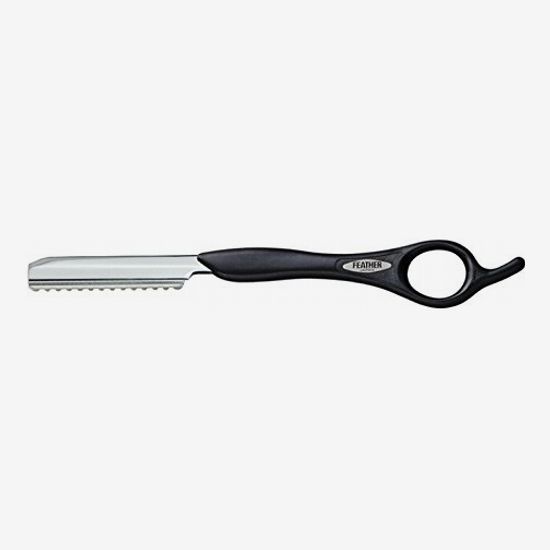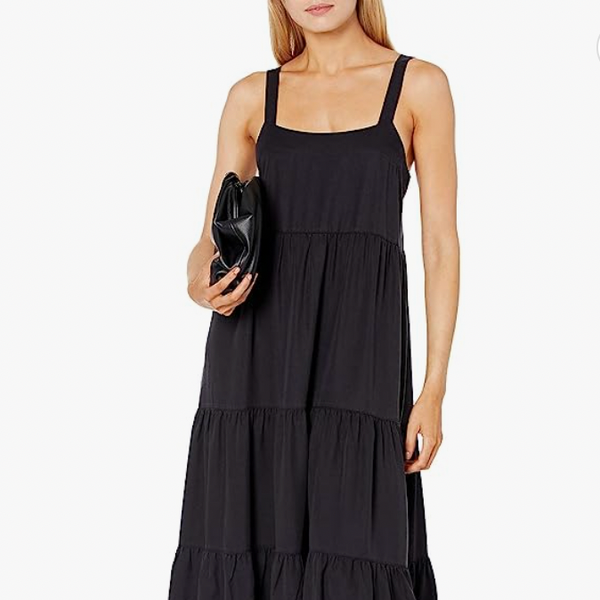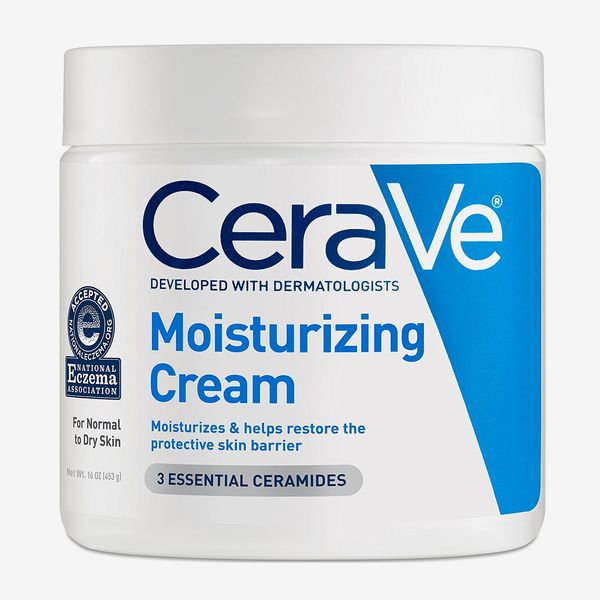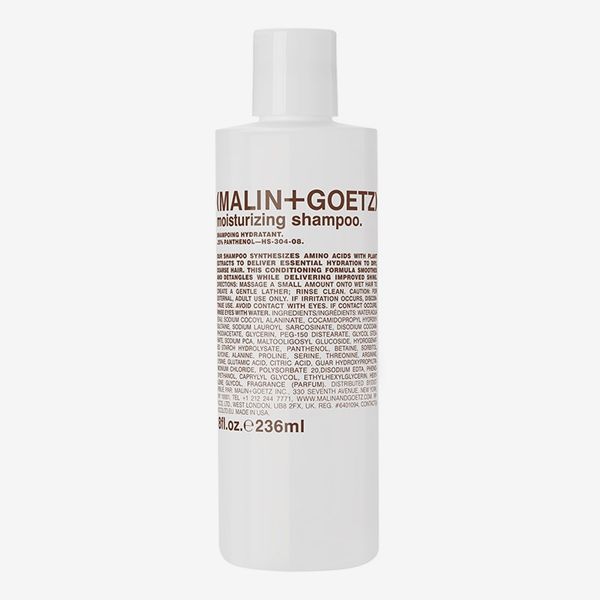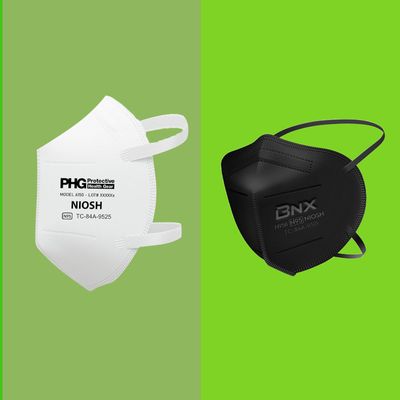
In this article
At this point, it’s fairly easy to guess when COVID infections are on the rise without consulting the news or wastewater surveillance stats. So after noticing an uptick in subway riders wearing disposable masks and hearing about a fifth friend whose whole family was laid up over the holidays, I asked Dr. Ravina Kullar, an infectious-diseases specialist, epidemiologist, and spokesperson for the Infectious Diseases Society of America, to tell me about the state of COVID-19 in the U.S. right now. According to her, COVID cases are increasing nationwide to such a severe degree that many counties have opted to reinstate mandatory masking in health-care facilities. “The test positivity rate from the week of December 30 was 12.4 percent. To put that into context, when test positivity is above 5 percent, transmission is considered uncontrolled,” she explains. This sharp spike can be attributed to the newest variant, a descendant of Omicron called JN.1.
As we have seen in recent winters, holiday travel and more indoor socializing means more transmission of COVID-19 as well as other viruses like RSV and the flu. So if you have stopped wearing a mask in crowded indoor spaces, now is a good time to start again. Frequent hand-washing will also go a long way to keep you from getting sick. And according to every health official we’ve talked to, the best masks for protection against COVID and other contagious illnesses are still disposable masks that offer high filtration, such as KN95, KF94, and N95 masks.
The most protective face masks are N95 masks, approved by the National Institute for Occupational Safety and Health (NIOSH), as they filter out 95 percent of airborne particles. They’re especially good for high-risk situations like a crowded emergency room or an NBA game full of screaming fans spewing droplets. KN95 masks, the Chinese-made equivalent to the N95, are also a popular disposable option. Yi Cui, a professor of materials science and engineering at Stanford University who co-authored a study on the efficiency of various mask materials, told me that the certification processes for KN95 and N95 masks are nearly identical. The main difference is their shape and the fact that many of the KN95 masks on the market today are unfortunately counterfeit. Most of the rest of what you’ll see are KF94 masks, the South Korean equivalent of an N95 mask, and pleated surgical masks. Kullar says the “94” indicates a 94 percent filtration efficacy. Though that might make it sound like they’re less effective than KN95 or N95 masks, which are purported to have 95 percent filtration efficacy, the truth is more complicated. Because there hasn’t been any official head-to-head testing between the two, the deciding factor on which one is better at protecting you comes down to which one offers the best fit for your particular face.
To help you find the very best disposable masks for kids and adults, I asked Kullar, Cui, and seven other mask and infectious-disease experts to weigh in what makes a good disposable mask. Based on their advice, I ordered a bunch of masks to test myself or on friends, colleagues, and their children. We tested them, for weeks or even months at a time, in the mirror, on the subway, in the New York Magazine office, at school, and during lengthy doctor visits and acupuncture appointments.
What we’re looking for
Authenticity
While it’s very hard to tell an authentic mask from a pretty good fake, some masks are more prone to counterfeiting than others. A good way to know whether you are getting legitimate KF94s is by checking that they are indeed made in South Korea. And a good way to vet an N95 mask is to check for NIOSH approval and other labels that ensure the masks have been tested to meet specific standards. Those labels are ASTM F3502, Workplace Performance, Workplace Performance Plus, and the code “TC-84A” followed by four more digits. Where things get sticky is with KN95 masks. Michael Chang, M.D., assistant professor of pediatrics with McGovern Medical School at UTHealth Houston, says he tends to assume most KN95s are fakes since “there is no regulatory agency that ensures a manufacturer actually meets the KN95 standard.” As a general rule of thumb, both Chang and Aaron Collins, a mechanical engineer with a background in aerosol science who has tested hundreds of masks he purchased online, agree that the best way to avoid fakes is to buy exclusively from reputable sources. “Don’t buy random brands from Amazon or eBay,” Collins says. “My recommendation is ProjectN95, BeHealthyUSA, KollecteUSA, or, if using Amazon, verify that you are purchasing from the brand’s ‘official’ store.”
Otherwise, check for labeling that says the mask is made from at least two layers of nonwoven polypropylene plus a melt-blown inner-filter layer. The random arrangement of fibers in nonwoven materials does a better job at filtering tiny particles, like bacteria and viruses, than traditional woven fabrics like cotton. And ideally, masks should be independently tested by a third party to ensure proper filtration. Masks should also come in tamper-evident packaging and be marked with an expiration date. The same applies to surgical masks, though Collins says he would skip them if you have access to N95’s, KN95’s, or KF94’s because the standards for surgical masks “are much looser, and the quality of them is all over the place.”
Fit
Beyond authenticity, the best masks are the ones that fit your face the best; features that improve the fit of a mask, such as adjustable ear loops and a flexible nose wire, can also improve its overall filtration efficiency. This is particularly true for young children, whose faces can vary a lot more in size. To ensure you are getting the most protection out of your mask, Kullar says it should fit snugly, covering your nose and mouth, and should fit tightly below your chin. Any gaps around the edges will allow potential viral droplets to enter or escape. You may have to try a few before finding your perfect fit, but if you end up buying a pack of masks that are too big, Dr. Stacy De-Lin, a family medicine specialist in New York City, says you can tie knots in the ear loops or twist them once before putting them on to achieve a tighter fit.
Comfort
“A mask doesn’t do any good if it’s at your desk or in a backpack rather than being worn,” Chang says, so comfort is an important factor. It also won’t work as well if it is hard to breathe through. You want a mask with some resistance to catch tiny airborne particles, but not so much resistance that it forces the air to find another way in or out — usually around the sides. Lastly, if you are buying masks for children, know that they will have strong opinions about which masks they want to wear. The factors that drive those opinions can involve colors, patterns, how the ear loops feel on the backs of their ears, or how soft the interior is against their face. If there is a high-quality mask that they willingly put on for a plane ride or school trip, that mask is probably the best. Dr. Sten Vermund, a pediatrician, infectious-disease epidemiologist, and dean of the Yale School of Public Health, says that making mask use fun and gamelike will increase the chances of children cooperating, especially younger children.
Availability
Oftentimes the highest-filtration masks that have been frequently recommended by experts are the same ones that sell out first, especially as case rates begin to rise. We’ve prioritized masks that are consistently in stock and sold by reputable retailers.
Best N95 mask
Early on in the pandemic, N95 masks were in tragically short supply, so public health experts discouraged non-health-care workers from buying them. But now, they are readily available to the general public and many American companies make NIOSH-approved N95’s in soft, comfortable shapes. This one from Protective Health Gear is made in Patterson, New Jersey. Local manufacturing reduces any potential supply chain disruptions and ensures that each mask undergoes the strictest quality checks.
What we think: Like so many other people, I definitely prefer masks with ear loops instead of head straps, but authentic N95 masks will always have head straps, as they tend to offer the most secure fit. And Protective Health Gear’s N95 is the most comfortable N95 I have worn. Each mask comes individually wrapped and features the NIOSH label, the brand’s logo, the TC-84A label, and even the mask’s specific lot number. Because it is a bifold style mask, it fits and feels similar to a KN95. But in addition to a soft inner layer and nose wire, it also features foam nose padding to further seal any gaps and prevent air from escaping or getting in. Thanks to these features, I was able to get a very tight seal all the way around as if it was custom-made for my face. When I breathe in the sides collapse slightly, but not so much that it’s annoying. As further proof of its thoughtful ergonomic design, the mask does not move one bit while I am talking, singing, or even shouting. As for the head straps, they are soft and stretchy but don’t feel flimsy. They also don’t put so much pressure on my head as to give me a headache. This mask is the one I would reach for if I worked in a hospital or if I was going to an indoor concert at the height of a spike in infections.
Best (less expensive) N95 mask
In reality, I’ve only needed to wear an N95 mask a handful of times. So while the above masks are my objective best-overall pick, for my specific needs I would be more likely to buy a slightly less comfortable N95 mask that is also less expensive. Like the Protective Health Gear N95 masks, AccuMed’s BNX N95 masks are made in the United States, are NIOSH approved, and feature a soft bifold shape with not-too-tight latex-free head straps. The masks have been independently tested by Nelson Labs and certified free of harmful substances by Oeko-Tex.
What we think: I ended up trying the AccuMed N95 masks by accident when I meant to order a pack of the brand’s very similar-looking KN95’s. My husband, Jacob Cohen, has been wearing AccuMed’s KN95’s to work as a fourth-grade teacher for a little over a year. The N95’s feel very similar to the KN95’s — lightweight, breathable, and secure — with the exception of having head straps instead of ear loops. The inside is soft and smooth and the straps are not overly restrictive. The main downside in comparison to the N95’s from Protective Health Gear is that they lack a foam nose strip. This means the seal they create on my face is slightly less complete. I have heard from several people who dislike the feel of the foam nose strip. But if the goal of an N95 is maximum protection, I prefer to have it. Still, these masks fit my face and my husband’s face better and more comfortably than most N95 masks available to purchase online. They are also the N95’s that Kullar prefers and recommended to me by name not long after I tested them myself.
Best KN95 masks
As with the above AccuMed masks, these KN95’s are manufactured in the United States, featuring five breathable layers including a middle active filter layer composed of electrostatically charged melt-blown polypropylene. They are OEKO-Tex certified and the ear loops are stretchy yet secure and latex free.
What we think: When it comes to KN95 masks especially, De-Lin says the fit is extremely important. “I think the biggest thing that I see with the KN95 masks is they’re often not fitted well. It’s supposed to collapse along your cheeks when you inhale so that no air can enter in through the sides,” she explains. At a certain point, when his favorite Powecom masks were out of stock, Cohen was given a few of these AccuMed BNX KN95 masks by a fellow elementary-school teacher. After wearing them, he never bought another Powecom mask again, which is why I ended up testing them for this story and buying them for myself. “I spend all day talking in a mask, and these don’t move or slide down,” Cohen says. “Plus they come in three sizes and fit my face better.”
Powecom KN95 masks were on the FDA’s list of approved face masks for health-care professionals back when that list was necessary. Like other KN95 masks, this one claims to filter out 95 percent of small particles. Indeed, when Collins tested the kid-size Powecom masks, he found that they have a filtration efficiency of 97.3 percent. I originally bought them for my husband back in September of 2020. They (along with some more colorful KN95’s listed below) were by far his favorite masks to wear to work for over two years, until he discovered the above AccuMed BNX KN95’s. He says that, in addition to making him feel safe in the classroom before vaccines were available, they still fit more snugly than most of the other KN95’s he has tried, and they don’t move when he is talking.
What we think: I have worn Powecom KN95 masks on the subway, to the office, at museums, on Metro-North, at the airport, and to countless doctor’s appointments, and they remain among my go-to masks. They are soft on the skin and create a tight seal all the way around from the nose bridge to under the chin. They meet De-Lin’s fit requirement, collapsing around my cheeks when I breathe. And when worn with my glasses, they fog less than other masks I have tried.
Best KF94 mask
KF94 masks are a great option for people who have trouble finding a good KN95 fit or, like Chang, worry that most KN95’s are counterfeit. They open up a bit like an envelope and sit slightly off the face, giving you more room to talk and breathe. In addition to being manufactured in South Korea and approved by the KFDA, these BOTN KF94 masks are featured on Collins’s public Google doc containing filtration results for the masks he has tested. In his testing, he found them to have a filtration efficiency of 99.6 percent. They are also the only mask Chang recommended to me by name. BOTN KF94 masks are made with four layers of electrostatic nonwoven material, including a melt-blown filter layer. Each mask comes individually packaged in a sealed tamperproof sleeve, and the brand’s logo is printed on the front of each mask. The masks also feature adjustable ear loops. Simply pull on the little front loops to adjust the tightness around your ears and cheeks.
What we think: Right away, I noticed how light the masks are, far lighter than a Powecom KN95 or even other KF94’s I have tried. So while Powecom’s masks fit my face shape a little better, these are my favorite spring and summer masks. The adjustable ear loops are the easiest I have used throughout the pandemic. It’s not that masks with little plastic sliders on the ear loops are difficult to use, but the double loop system on these masks allows me to adjust the fit in seconds while walking down the stairs to a subway platform. And once adjusted, the mask fits me well and creates a tight seal all the way around the edge. The inner layer is comfortable against my skin, but I would describe it as smooth rather than soft, another reason why I think this is a great warm-weather mask.
Best beak-style N95 mask
Like the Protective Health Gear and AccuMed N95’s, these Kimberly-Clark N95 masks are NIOSH approved and softer than traditional cup-shaped N95’s, making them less likely to dig into your cheeks. They come recommended by Intelligencer editor Chas Danner, who has unusually high standards since he has spent the pandemic writing about COVID-19 and masks. He says this is the mask he wore to wait in line for hours to get a PCR test during the first Omicron wave. The beak-shaped style of this mask has also become popular with restaurant workers because of how comfortable it is to wear for long periods of time. When Collins tested these masks, he found that they filter out 97 percent of airborne particles.
What we think: Danner says that despite looking “totally ridiculous,” the Kimberly-Clark mask is super-secure. “I got them for travel, originally, but have now used them as my best mask for long periods indoors in public, like seeing a play. They don’t feel as reusable as others I’ve worn, but the head straps are really comfortable, and I’ve gotten such a good seal on them, I’ve had condensation pool inside the mask. I felt like I was in Dune,” he says.
Most stylish KN95 mask
These KN95 masks, available in a wide variety of colors and patterns, are some of my favorites for higher-risk situations. You can get them in neon hues with contrasting ear loops, desert neutrals, pretty pastels, and even a marbled-paper pattern inspired by the well-known Matches Fashion retail boxes. In addition to looking nice, Kaze masks are made of five layers of nonwoven material — including a melt-blown filter layer. They have been tested by Nelson Labs and certified by the Swiss lab SGS. The ear loops are adjustable, and a foam nose pad helps create a tight but comfortable seal. The brand makes kid-size masks and KF94-style adult masks as well.
What we think: In my experience, Kaze KN95 masks are comparable to Powecom masks in softness and breathability. The fit feels a tiny bit more snug around the edges — perhaps because of the foam nose pad — than that of the Powecom KN95s. Considering how much more expensive these are, I wouldn’t say they’re the best choice if you plan to wear them on a daily basis, but they are a nice “special occasion” option for more fashionable settings.
Best surgical-style mask
Depending on the infection and hospital occupancy rates where you live, you might be feeling like it’s safe enough to wear a less constricting (and therefore somewhat less effective) surgical-style mask. Unfortunately, since most people now use at-home COVID tests and the United States doesn’t have a cohesive surveillance strategy, you should assume that any kind of official case-rate statistics undercount the true number of cases by up to three times, according to Bruce Y. Lee, M.D., M.B.A., professor of health policy Management at the CUNY School of Public Health. While this type of mask tends to gap and leak at the sides, any mask is better than no mask at all. But since not all surgical-style masks are created equal, if you’re planning on wearing one, I highly recommend this one from Evolve Together. Not only is it stylish, having been spotted in solid black and white on more celebrities than I can count, but it’s also made from high-quality materials and independently tested and certified medical-grade type IIR by SGS. After looking them up online, De-Lin approved of their protectiveness based on the materials and told me that people can feel comfortable wearing them. Each mask is made using two nonwoven water-resistant outer layers, one melt-blown filter, and one nonwoven moisture-absorbing inner layer. Plus, they come in tamper-evident and biodegradable packaging. Evolve Together also makes a KF94-shaped mask with KN95 level protection that Collins found to have a filtration efficiency of 98.64 percent.
What we think: Of the many surgical-style disposable masks I have tried, these have the softest inner layer and the lightest most comfortable feel. They are the masks I wore all the time (especially in hot weather) until the Delta, Omicron, and subsequent variants made me switch to better filtering KN95’s and KF94’s. They are also a favorite of former Strategist associate director of audience growth Stephanie Downes, who, as an immunocompromised person, has to be very careful about the masks she wears.
Some more disposable masks for adults we’ve written about
Best KN95 mask for kids
The only difference between these and the adult Powecom masks is the smaller sizing (about 15 percent smaller, to be exact). Collins included them on his Google spreadsheet of face masks for kids, showing them to have a 97.3 percent filtration efficiency. He says the sizing is best for children ages 7 through 12, depending on face size.
What we think: Of the “bifold” masks we tested, these fit the best, even on our younger test subjects — namely, Strategist senior editor Jen Trolio’s two daughters, who were 4 and 7 years old at the time. Though the smallest, youngest kids may still get a better fit with an envelope-style KF94 mask, we noticed that the Powecom KN95’s were a bit softer and more pliable than other KN95-level masks we tested, meaning they conformed to kids’ cheeks better than stiffer options. Additionally, the nose wire was flexible enough to get a decent bend around smaller, shallower noses — we’ve found that if the nose wire on a bifold mask is too stiff, it’s difficult to get rid of the center crease it has from being packed flat for shipping, and the mask is especially prone to tenting up and leaving an air gap on kids as well as adults with smaller noses. They offer a decent fit for this style of mask, even without adjustable ear loops. In addition to white, these Powecom masks are now available in two shades of blue, pink, yellow, purple, green, and red.
Best KF94 mask for kids
The overall trifold-envelope style of KF94 masks offered the best fit on our kid testers by far. Because of their three different panels, the masks cover the nose and wrap under the chin while still sitting a bit away from their mouths, giving them space to talk and lick their lips without touching the mask. If you’ve witnessed the (honestly very gross) sight of a kid licking or sucking in and chewing the inside of their mask, you already know how important this extra space is. Finding high-quality masks that are small enough to fit young children can be a real challenge, however, which means you may need to try a few to find the best ones for your particular kid(s). These KF94 masks are designed for children ages 2 to 4 years old and come recommended by Collins via his kids’-mask Google spreadsheet. He found them to have a filtration efficiency of 99.3 percent. They are made with four layers of nonwoven material.
What we think: When I found out that Strategist writer Lauren Ro chose these masks for her then-3-year-old son, I asked her for more details. She originally heard about them through a parent at her son’s preschool, who sourced a bunch of different KF94 masks directly from a Korean importer and tried them all on her 2.5-year-old. According to the friend, this mask was the clear winner and luckily was available on Amazon. According to Ro, the masks are perfectly suited for 2-to-3-year-olds, and they actually stay on toddlers’ faces. Her son “keeps them on instead of constantly pulling them down under his nose and chin,” she told me, adding that he wore them on cross-country flights, all day at school, and even outside without complaining about them.
Best surgical-style mask for kids
If you can’t get your child to wear KN95 masks or KF94 masks, you might consider trying Evolve Together’s kids’ pleated masks. These masks are made using the same process as the brand’s adult masks: with medical-grade materials in an FDA-registered factory. The only differences are the size — so they’re also great for adults with smaller faces — and the fact that they come in multiple colors with adorable sticker packs including unicorns, stars, astronauts, and hearts that may further entice kids to mask up.
What we think: While there’s no denying that this style of mask tends to leave gaps along the sides, there’s also no denying that color choices and stickers can go a long way when it comes to convincing resistant kids to wear a mask. Because of the way they fit, these masks are more well-suited for less-risky circumstances, but our 4-year-old and 7-year-old test subjects were able to wear them comfortably without complaint. (One of them did comment on how they smelled right out of the packaging, and we did notice a slight papery odor, but it dissipated over time.) In terms of the vertical measurement, these masks fit both kids fine, if a little big on the 4-year-old, but the pleats actually helped with that, and because the material is flexible and soft, it didn’t hit her in the neck the way the too-big Vida KN95s we tested did. The ear loops aren’t adjustable, but they can be knotted easily enough, which can also help close gaps at the cheeks to achieve a better overall fit.
Some more disposable masks for kids we like
Our Experts
• Michael Chang, M.D., assistant professor of pediatrics with McGovern Medical School at UTHealth Houston
• Aaron Collins, mechanical engineer with a background in aerosol science; follow him on Twitter @masknerd
• Yi Cui, professor of materials science and engineering at Stanford University
• Dr. Stacy De-Lin, a family medicine specialist in New York City
• Dr. Ravina Kullar, infectious-diseases specialist, epidemiologist, and spokesperson for the Infectious Diseases Society of America
• Bruce Y. Lee, M.D., M.B.A., professor of health policy Management at the CUNY School of Public Health
• Lauren Ro, Strategist writer and mom to an almost 5-year-old
• Jen Trolio, Strategist senior editor and mom to a 5-year-old and an 8-year-old
• Dr. Sten Vermund, pediatrician, infectious-disease epidemiologist, and dean of the Yale School of Public Health
The Strategist is designed to surface the most useful, expert recommendations for things to buy across the vast e-commerce landscape. Some of our latest conquests include the best acne treatments, rolling luggage, pillows for side sleepers, natural anxiety remedies, and bath towels. We update links when possible, but note that deals can expire and all prices are subject to change.

